A remora is any member of the Echeneidae family. Researchers recognize eight different species in the family, which they divide into three different taxonomic genuses. However, we will focus upon the best-known species (and possibly the fish with the easiest scientific name to remember), the common remora or Remora remora. Read on to learn about the remora.
Description of the Remora
These fish have one primary distinguishing characteristic, the suction cup atop their heads! This fish has a rounded disc atop its head with flexible membranes that it uses to maintain suction. The rest of its body has an elongated shape.
Most individuals of this species measure about 18 in. long, but large individuals can reach 2 ft. long or more. Adults weigh up to 2 lbs.
Interesting Facts About the Remora
This fish has a number of unique traits and adaptations. Learn more about what makes them unique, below.
- Carangiformes – Outside of other remoras or “suckerfish” this species shares genetics with several other groups of fish. Some of its closer relatives include the cobia, mahi mahi, jack, and more.
- Cobia Cousin – Cobia look a little like a remora without the sucker. These fish also swim alongside predators to scavenge on the scraps from their feeding. However, they lack the suction cup to get a free ride on the animal as well.
- Do No Harm – Even though they attach to other animals using their sucker, it doesn’t hurt the other creature. They easily and frequently shift or detach from the host animals to feed on parasites or eat food scraps.
- Symbiotic Relationship – This fish gets a free ride and a free meal, but they aren’t the only one benefiting! The larger animal that this fish attaches to is also a part of this symbiotic relationship. This means that, because the remora eats the creature’s parasites, the host animal also benefits from the relationship.
Habitat of the Remora
These creatures occupy a number of different habitats. They do not actively choose specific habitats. Instead, they use their suction cups to attach to specific sea creature hosts and ride along wherever those animals go. Some common hosts include sharks, dolphins, sea turtles, large fish, and more.
Distribution of the Remora
You can find this species throughout tropical and temperate seas worldwide. They range through vast portions of the Atlantic Ocean, Pacific Ocean, Indian Ocean, and a variety of different seas. You can find them in both coastal regions and far offshore.
Diet of the Remora
This species has carnivorous feeding habits. It eats a variety of different types of food. Some common meals include food scraps from the other animal’s hunting, parasites that become attached to its host, and plankton. Most of its meals come from its association with its host.
Remora and Human Interaction
Humans do not typically interact with these creatures. They sometimes capture the host that the fish is living on, but people do not often eat this species of fish. Human activity has not adversely impacted their populations in any way.
The IUCN lists this species as Least Concern.
Domestication
Humans have not domesticated this fish in any way.
Does the Remora Make a Good Pet
No, you could not keep this fish as a pet. They live their lives attached to host animals much too large to keep in a home aquarium.
Remora Care
Aquariums and some collectors keep certain species in their tanks. The fish do not necessarily need a host, but often attach to one anyway. They eat small scraps of fish, crustaceans, and other common feeds. However, you don’t often see these fish in aquariums.
Behavior of the Remora
The majority of this creature’s behavior revolves around its host organism. It spends most of its time attached to its host by the suction cup on its head. However, it can and does detach to snatch up bits of food and to find a better location on the host.
Reproduction of the Remora
Researchers know very little about the reproductive habits of these fish. They have spotted adult pairs on the same host, but do not know anything about the specific breeding behaviors of the fish. However, they do reproduce via spawning, where the female releases her eggs and the male fertilizes them outside of the body.

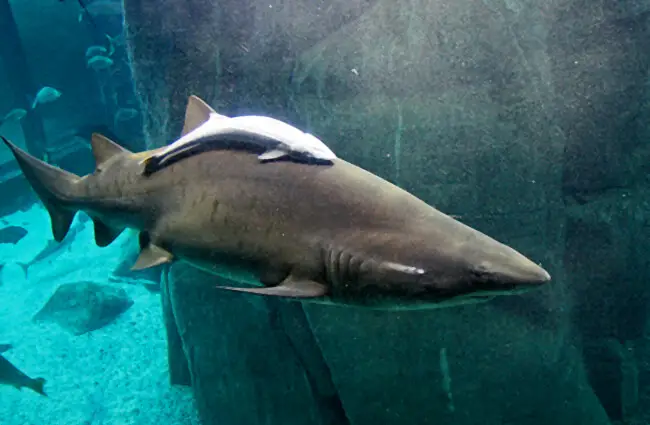
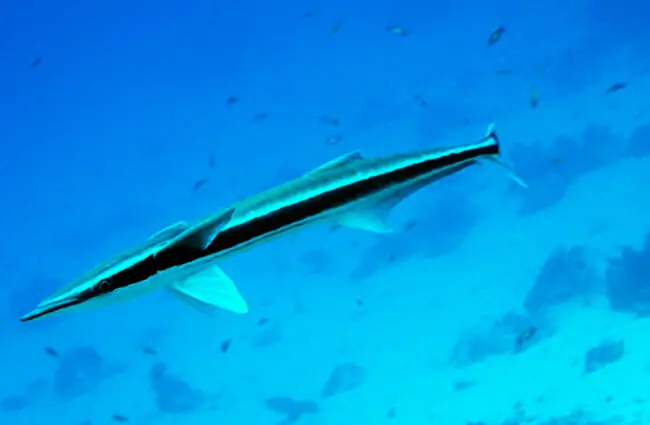

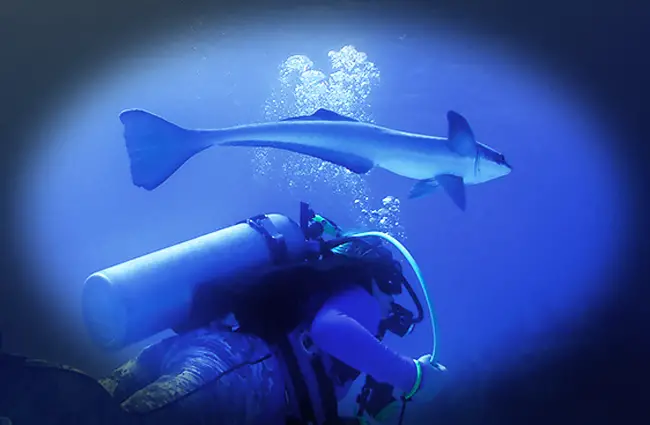
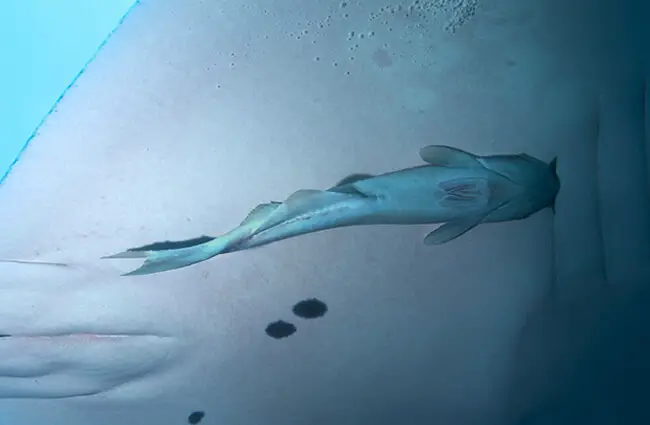

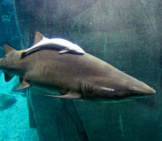



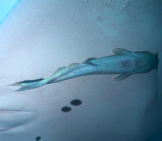

![Red Angus Closeup of a beautiful Red Angus cowPhoto by: U.S. Department of Agriculture [pubic domain]https://creativecommons.org/licenses/by/2.0/](https://animals.net/wp-content/uploads/2020/03/Red-Angus-4-238x178.jpg)












![Red Angus Closeup of a beautiful Red Angus cowPhoto by: U.S. Department of Agriculture [pubic domain]https://creativecommons.org/licenses/by/2.0/](https://animals.net/wp-content/uploads/2020/03/Red-Angus-4-100x75.jpg)

